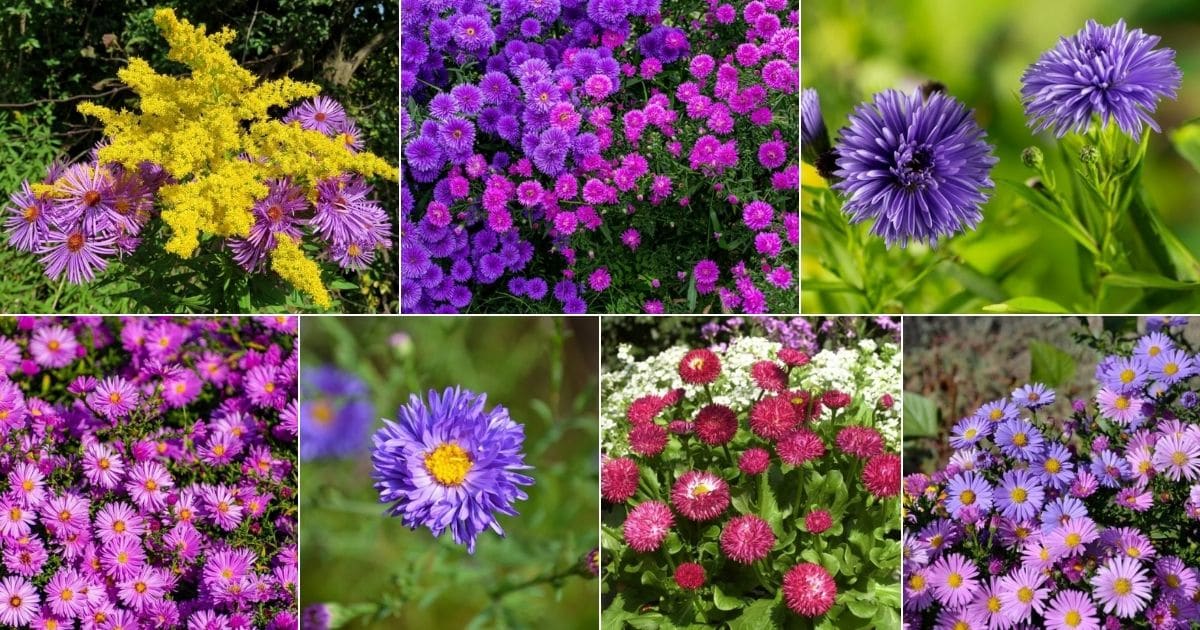Table of Contents
Wondering to add one more plant in your garden or in your home? Want to grow Asters but don’t know how to grow and take care of these majestic daisy-like flowers?
We have got you covered with this comprehensive blog covering every aspect of growing and taking care of asters plant. After reading this blog, you will be able to grow your own Asters plant with ease.
But why to even consider planting Asters? Planting Asters is a sure-shot way to enhance the appeal of your garden in no time. The plant bears flowers in different colours giving your garden much-needed colour diversity and vibrancy. They are eye-catching and are relatively easier to grow than most plants out there.
These star-shaped flowers come in various varieties, ensuring that you can pick your variety based on the climate and general weather conditions prevailing in your area.
What are Asters?
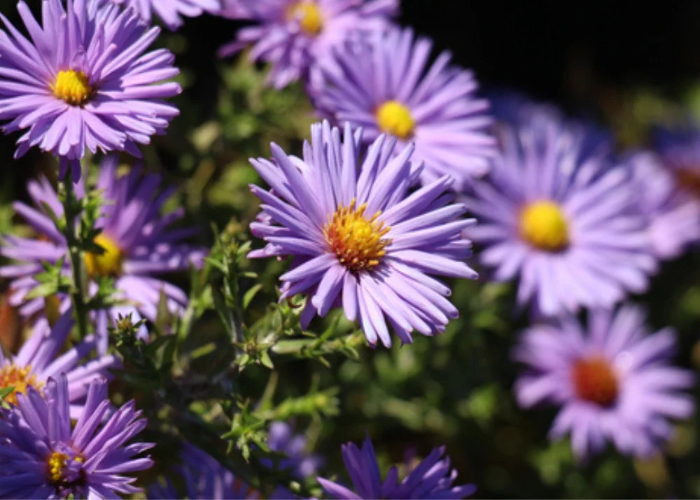
Asters, aka Michaelmas Daisy, are star-shaped flowers native to Europe and Asia. For instance, Aster amellus, a specie of Aster, is native to Europe. Asters, consists over 600 varieties, start blooming in the season of early fall, just when the summer bloom flowers start fading. This ensures that your garden doesn’t look dry with no flowers. Asters will have your back in making your garden look as picturesque as in summer.
They are versatile in the sense that they are suitable to grow in various hard terrains like rock gardens, borders, etc. They are considerably tall, reaching a height of 3 -4 feet or 1 meter. What is peculiar about Asters is they are marketed as seasonal; however, they are perennials, i.e., available throughout the year. On top of that, they are deer resistant and provide late-season nectar, which attracts pollinators and helps you get pure and healthy honey as well. The seed of Asters germinates faster than most plants, i.e., 8 – 10 days or, at most, about 2 weeks.
How to Grow Asters?
Before growing Asters, we first need to understand the requirement of this plant and what kind of conditions are conducive to growing Asters. Let’s discuss the details:
1. When to Plant Asters
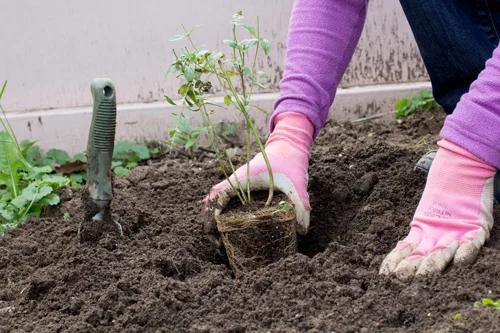
Asters plant bear flowers which can be damaged by frosting. Hence, it’s recommended to plant asters after the threat of frosting has passed. However, if you already have an Asters plant growing through the frosting, it’s essential for you to take care of your Asters plant, which we will cover in the later part of this blog. Moreover, you can buy ready-made potted plants from commercial gardeners when the frost season has passed. And you can also start potting the plant indoors when winters are coming or when there is a looming threat of frosting in the air.
2. From Seeding
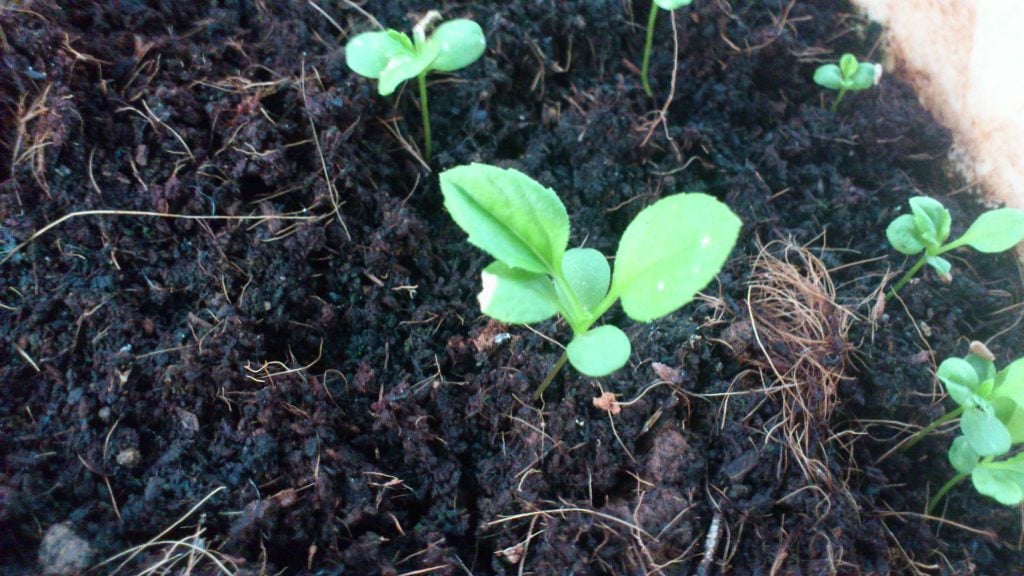
Ideally, you should start seeding indoors about 4 weeks before the last frost has happened in your region. You can look at previous weather records for this information. It’s a beginner’s task to grow Asters from seeds. However, before starting, it’s essential to refrigerate the seeds for 4 to 6 weeks before sowing to simulate winter dormancy. When you are ready to plant, just sow the seeds 1 inch deep in the pot and space it adequately.
3. Using Soft Stem Cuttings
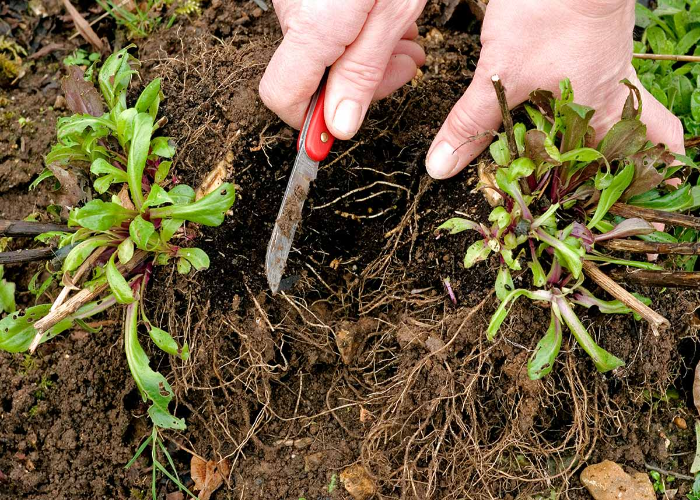
Even though the agreed-upon easiest route to grow Asters is through propagation. The method of soft stem cuttings is not that far behind and is also considered relatively easy than other methods.
To start, you just need to follow the below steps:
- Simply take the stem cuttings of another grown plant.
- Cut around 6 inches of stem from the topmost part of the stem since that part is tender and in the growing stage. You will need pruning shears to perform this task.
- Remove any leaves from the bottom part of the stem since it will be sown.
- After sowing the stem in 2-3 inches of depth in a temporary container. Water abundantly to maintain the moisture, but don’t let it get soggy.
- When you see signs of growth, you can pluck the stem turned into a plant and sow it permanently.
4. Using Division
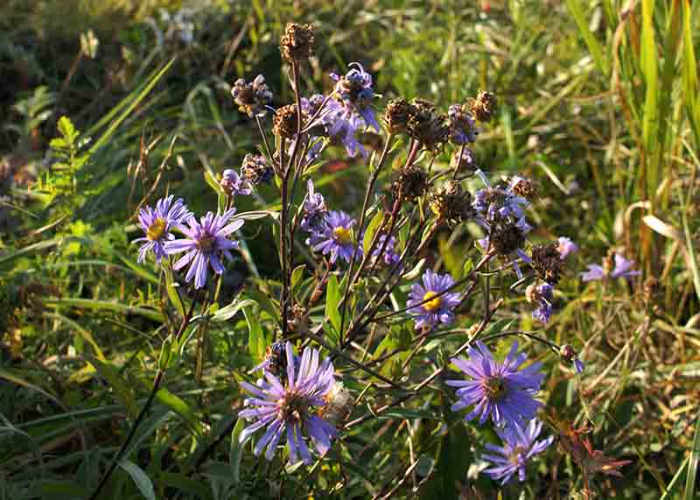
This method is also similar to propagation but still has many points of difference. For instance, in this division method, you can take the established clump of the already existing plant and divide it into 2 or more sections. These individual pieces can be planted as desired to form a plant of its own. A note to remember is that not all Aster plants form woody clumps. So using the division method on non-woody types requires creating multiple shoots to be planted individually.
5. Spacing Requirements
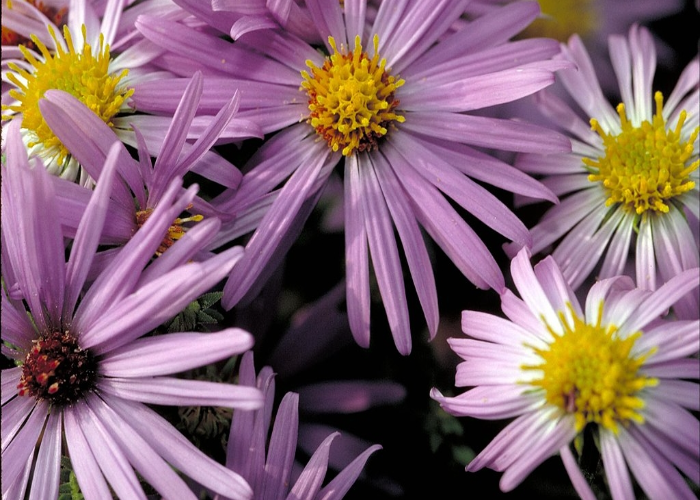
Accurate spacing of the plant is essential to maintain proper airflow and optimum growth. Keeping spacing in mind beforehand will also reduce the chances of shifting the plant once it’s fully grown. Since you will be already aware of the length and breadth of the fully grown plant. Moreover, in addition to getting rid of inconveniences, spacing has a major role to play in the growth of the plant. Accurate spacing will improve airflow within the plant, severely reducing the chance of pests and diseases. Also it also decreases the inherent competition between plants for resources like sunlight, air, and space. With adequate spacing, every plant in your garden will have its own place to grow and prosper.
6. Planting in Pots
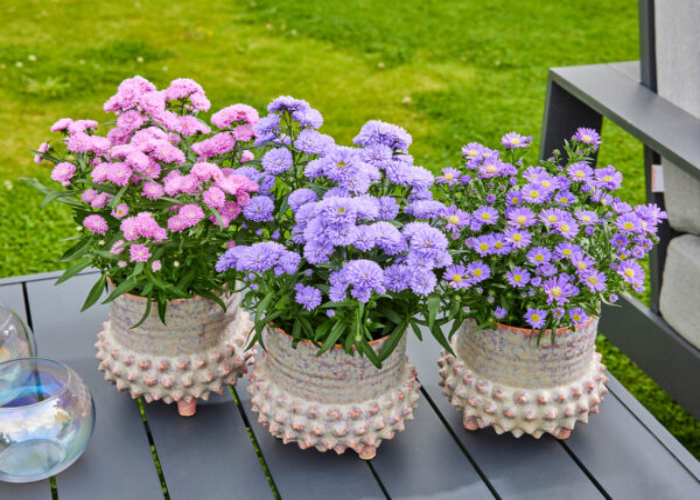
Like most plants, Asters can also be planted directly into pots which you put in your home, balcony, or patio to enhance the aesthetic of your home. But how to plant Asters? You just have to plant the seeds into the pot. The pot, even if not deep, works well. Since this plant doesn’t have extensive roots, it might put pressure on the container. However, the pot should be wide enough to accommodate the growth and subsequent spreading of the plant.
Remember to plant Asters in well-draining potting soil. We will talk more about soil requirements in the later section of this blog.
How to Care for Asters?
1. Proper Sunlight for Asters Growth
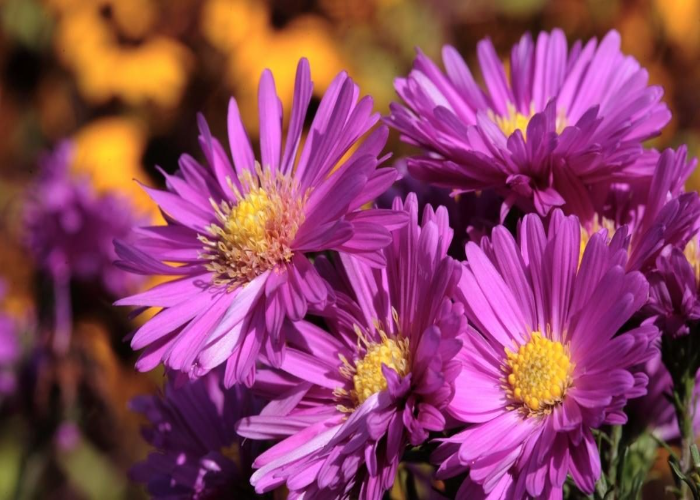
Most Asters, to reach their full growth, require full sun. Sunlight helps Asters in various ways, like reducing the chances of pests and diseases. Also, your Asters might not even show any flowers if there is a lack of sunlight. Not that common, but some Asters can handle partial shade and still bloom and reach maturity. Extra sunlight also helps in evaporating the remnants of water on the flower. This helps in reducing the chances of diseases as you must be already aware that holding moisture promotes bacterial growth.
2. Give Balanced Soil and Fertilizers
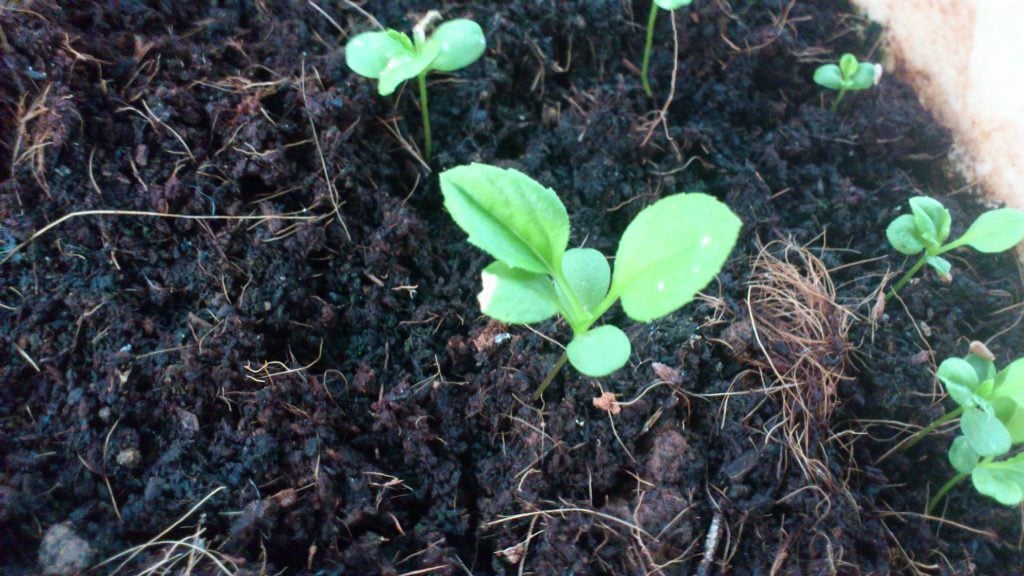
Asters are versatile, i.e., they have so many varieties you can easily choose from and grow in your garden the variety that suits your area’s climate. The soil requirement also is not something extraordinary that will require additional efforts on your part. There is no reason why it should not be a part of your garden. Most Aster varieties grow well in loamy soil. However, you can also plant Asters in clay soil but make sure it has added organic content. Not only this, but Asters can also grow in alkaline, neural, as well as acidic soil with a little bit of extra care. Coming to fertilizers generally help in giving additional nutrition to the plant for added growth.
Can Asters benefit from fertilizers? Definitely yes. It has been noted that using balanced fertilizers, i.e., consisting of almost equal proportions of Nitrogen, Potassium, and Urea, is extremely beneficial for Asters. Fertilizers help in increasing fertility and have more spurt growth.
3. Water Requirement for Asters
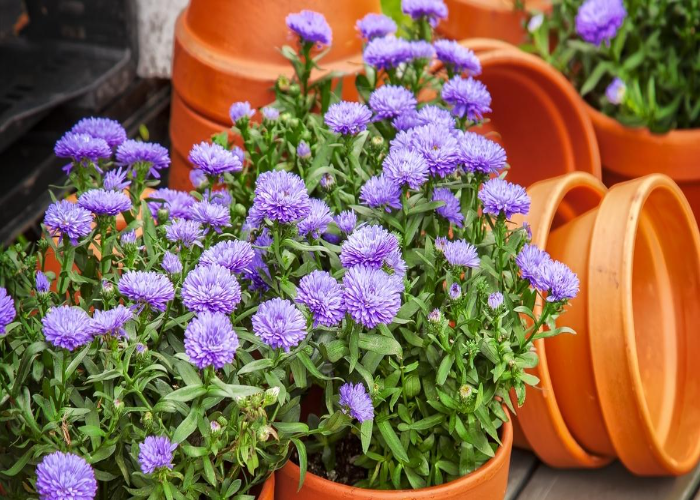
Asters are considered to be drought resistant. Hence most varieties of Asters don’t require much water. However, some situations need to be taken care of, even in the case of Asters. For instance, if the soil feels dry or you live in a very hot climate, you will probably need to water your Asters more frequently.
On the other hand, if your area receives sufficient rainfall and the weather is also not extremely hot. You might not need to water your Asters as much. Please note that several varieties of Asters show sensitivity to extra water because it leads to the accumulation of additional moisture. On the contrary, too little moisture is also detrimental to Asters. Both cases will make the Asters lose their foliage and won’t let them bear flowers.
4. Temperature and Humidity
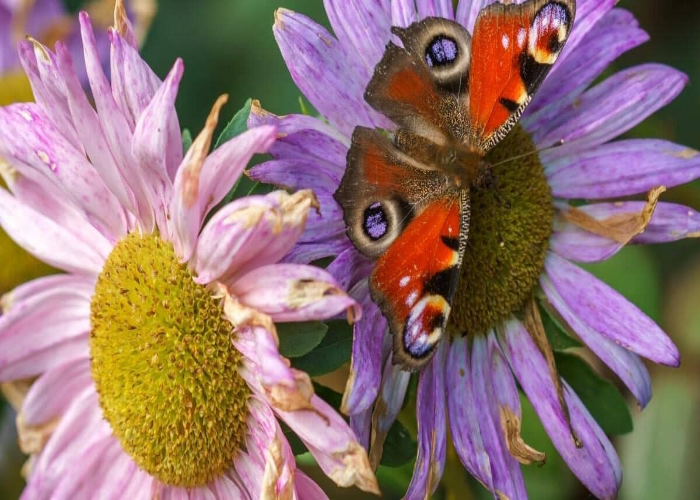
When it comes to Asters, they are pretty resilient to cold. They can withstand moderate levels of frost and also near freezing temperatures. Moreover, Aster can survive well in humidity and basically can withstand various levels of humidity.
One thing to keep in mind is some varieties of Asters start to lose flowers when exposed to hot temperatures.
5. Overwintering Asters
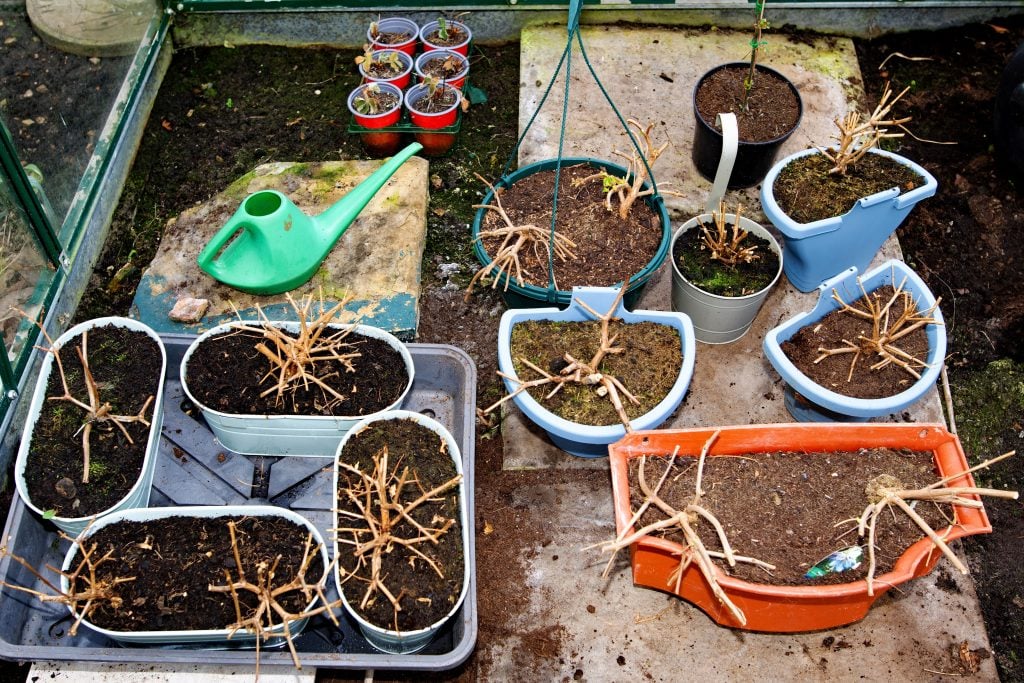
Asters are winter resistant, as we already talked about that. However, there are some precautions you should take when overwintering Asters. They are safe to leave in soil overwinters only if the soil is well drained and is able to maintain optimum moisture. Plants growing in the ground directly having well-drained soil can survive winters.
However, aster growing in pots should be taken care of. Their flowers need to be removed, and the plant needs to be in a container where the greenhouse gas effect prevails to give Asters a relatively warm temperature. Because the soil in pots is different from the soil in the ground. The soil won’t be as well drained in pots as compared to the ground soil. That is why putting Asters in cold containers will ensure protect your Asters plant from extremely cold temperatures.
6. Mulching your Asters
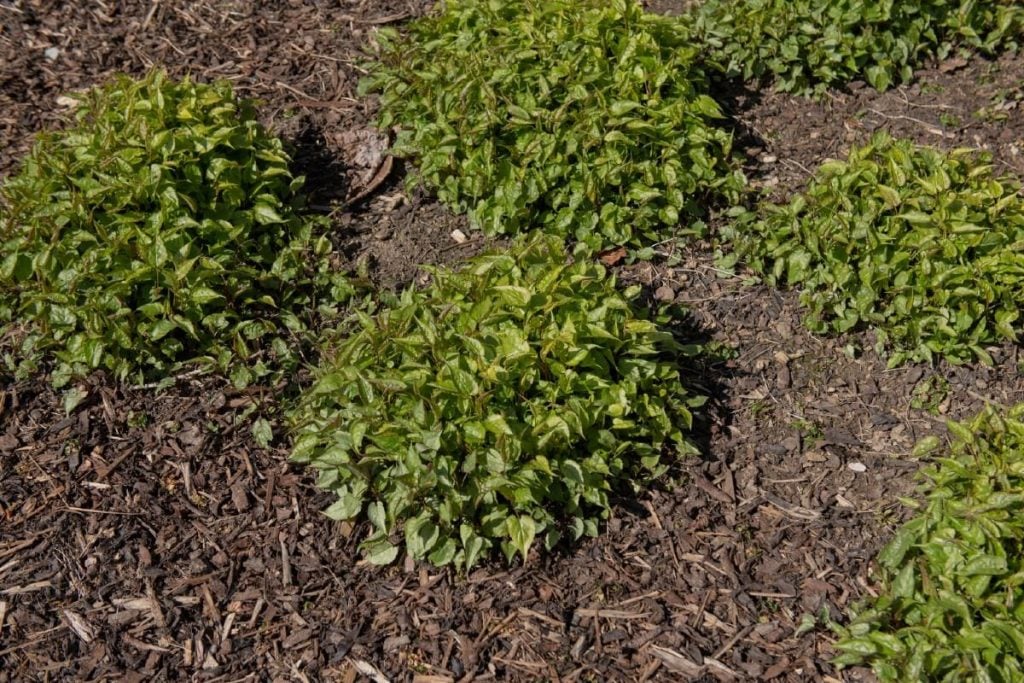
Mulching is the method of spreading organic or inorganic materials on the soil cover to protect your plants from various threats. For instance, mulching protects your plants from weeds, reduces the growth of pests and diseases, regulates temperature, helps maintain moisture, and so on.
Adding mulch to your Asters plant during chilly winters will ensure that your plant stays healthy and grows even in extreme conditions. You will be shocked to know that even groundcover plants can act as mulch. Having adequate green cover around your Asters will help you protect your Asters the same way as typical mulching would. Moreover, enough ground cover will elevate the aesthetic of your garden while also protecting all your plants.
Different Varieties of Asters
1. Celeste
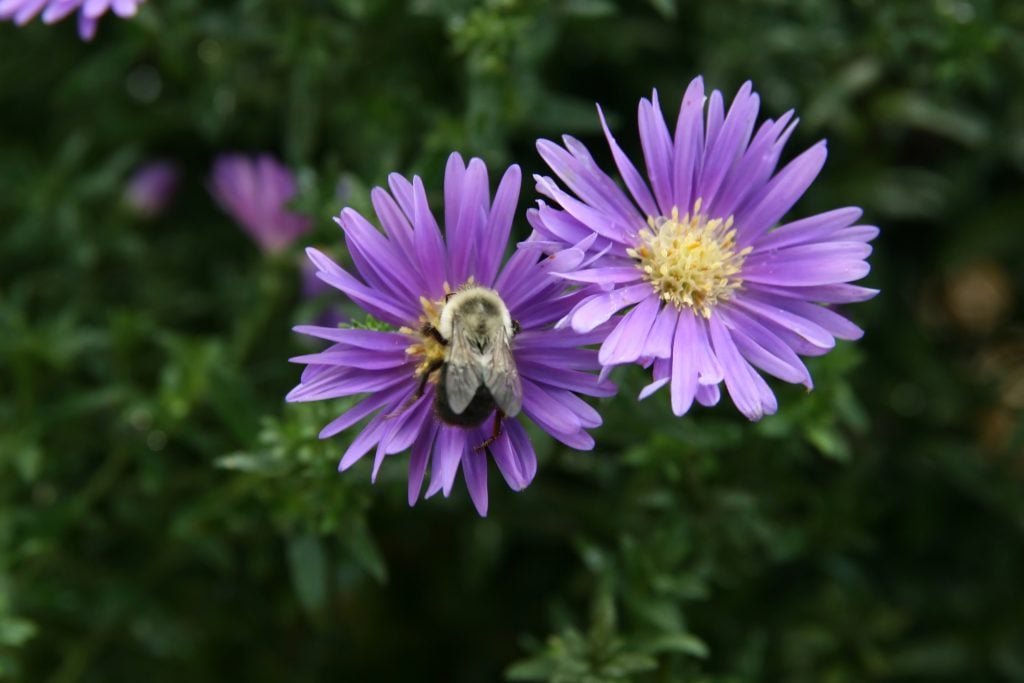
A variety that blooms early than other Asters. You can spot them through their flowers which come in dark blue cover with its centre coloured bright yellow.
2. Hazy
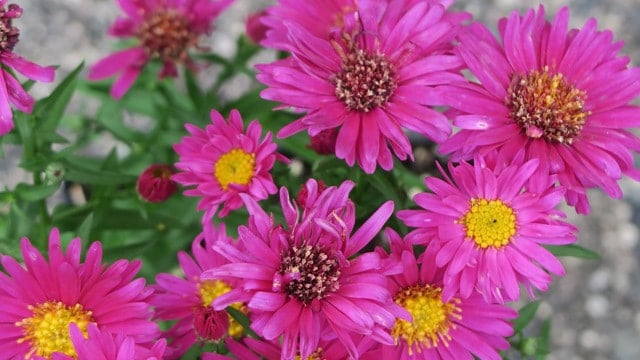
This variety also blooms early. The flowers of hazy Asters come in raspberry pink, with its centre being coloured yellow.
3. Puff
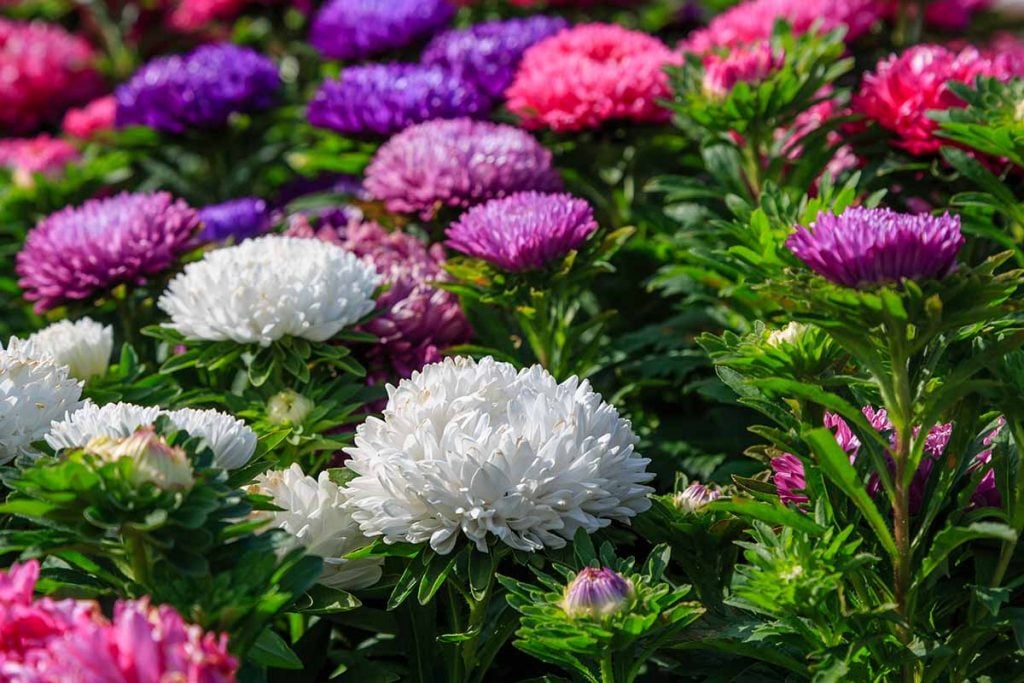
This type of Aster boasts of being harder than others, i.e., able to survive more in tough conditions. They come in mixed colours and, as the name suggests, look very puffed.
4. Calico
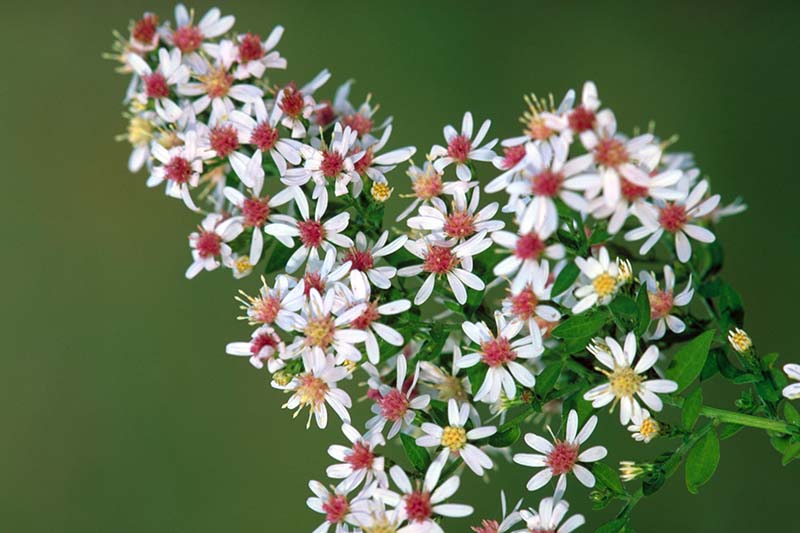
This variety of Asters is often called the ‘true Asters.’ It bears flowers in varying colours, from white to lavender. The centre of this flower changes colour as they age, i.e., from yellow to red.
5. Sapphire
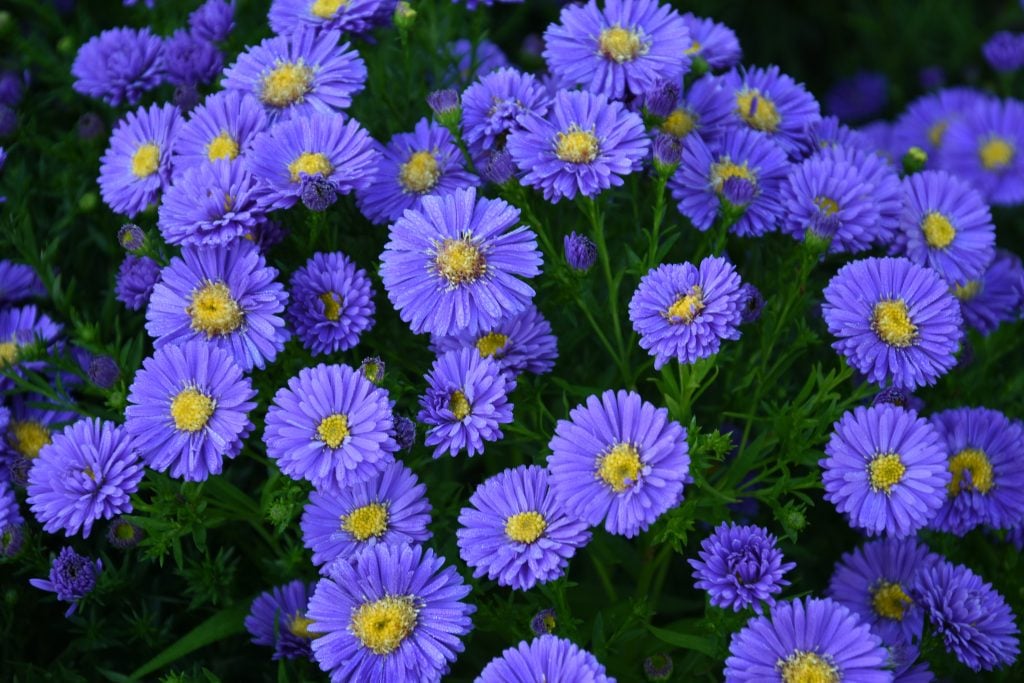
This variety of Asters is suitable to grow in full sun. The flowers come in a muted shade ranging from blue to lavender. The peculiar thing about this type of Aster is that it’s disease resistant and can tolerate various soil types.
Choose Asters for Your Next Gardening Adventure!
All in all, growing and caring for asters is an easy way to add vibrancy and colour to your living space. Asters are perennial flowers that come in a variety of shapes and sizes and are infamous for their long blooming season. Whether you are an experienced gardener or just starting out, you can plant Asters with the above-mentioned tips easily.
Asters thrive where there is plenty of sunlight and well-draining soil. You should also ensure that the location you choose has enough space for your asters to grow, as they can reach heights of up to three feet. When caring for Asters, make sure to water asters once a week, making sure to water deeply to encourage deep root growth. Fertilization should be used sparingly as it can lead to slower growth and fewer blooms.
Whether you are looking to add colour to your garden or simply enjoy the beauty of these vibrant flowers, asters are an excellent choice for any space.
Frequently Asked Questions (FAQs)
Can I Grow Asters Indoors?
Even though Asters require sunlight, they can be planted indoors. You just need to provide them with a minimum of 6 hours of sunlight and use fertilizers once a month to keep the plant healthy. The soil should not be normal ground soil; rather, it should be mixed with peat for optimum growth of the plant.
What Plants Are Similar to Asters?
Asters come from a family of beautiful siblings. For instance, daisies, sunflowers, chrysanthemums, and echinacea all belong to the same family as Asters. And they all have aesthetic and eye-catching blooms to enchant your heart and surrounding.
Are Asters the Copy of Daisies?
This confusion is existing since forever. It’s a very common mistake to make since both plant species look very similar to each other. Moreover, they also belong to the same family. However, Asters are different from Daisies. The main point of difference is the central disk of the flower. It’s much larger in Daisies as compared to Asters.

